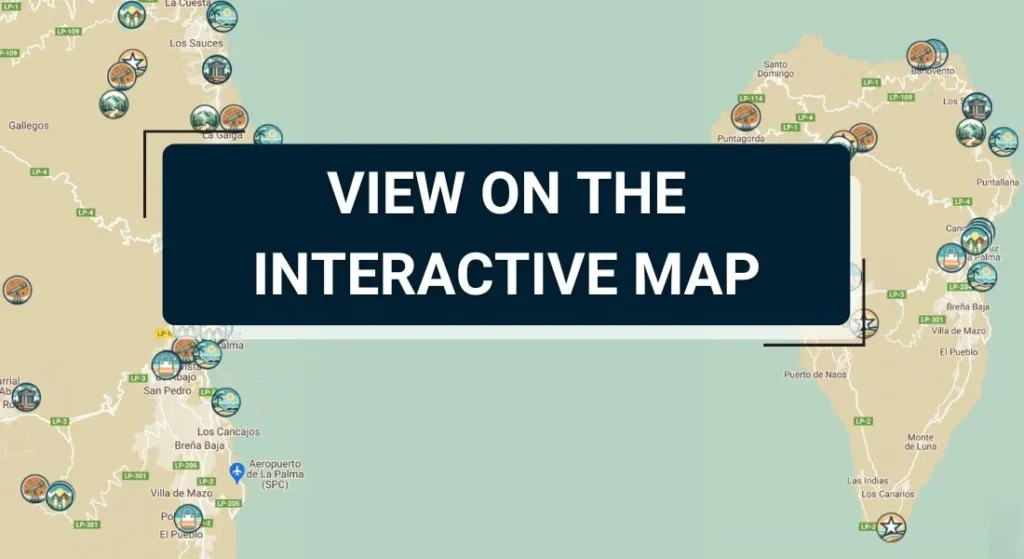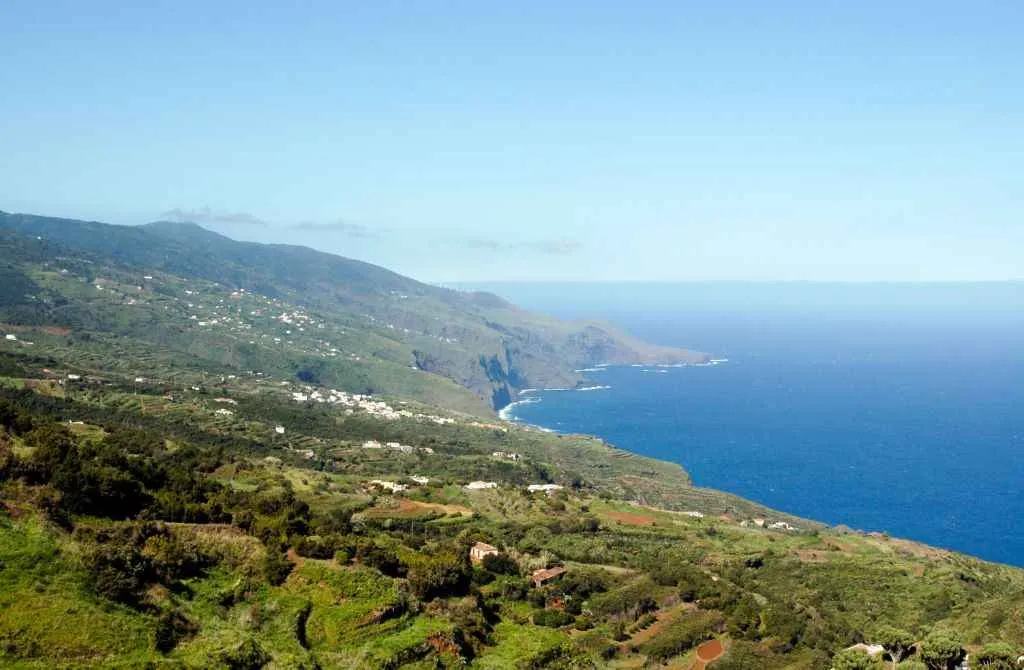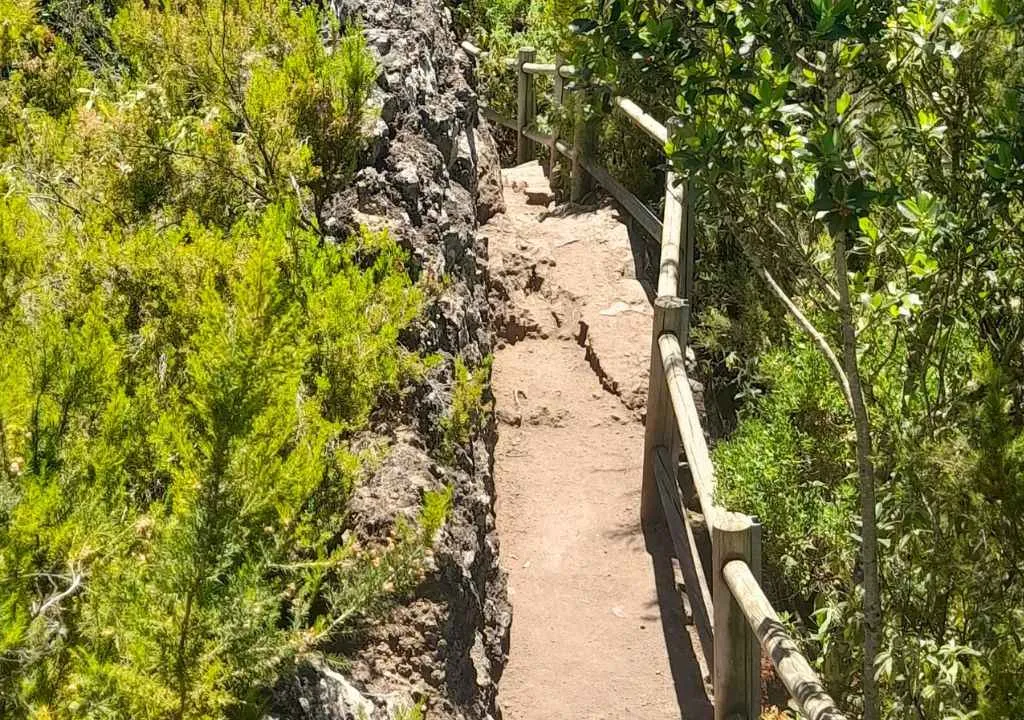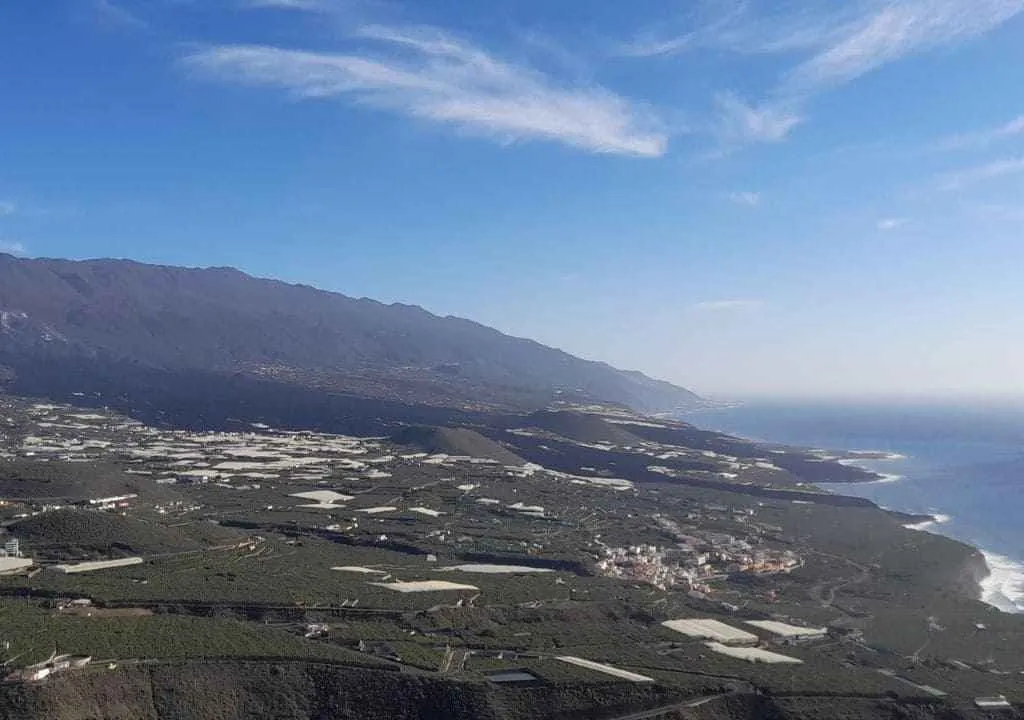At 2,426 m, the highest point of La Palma offers a unique experience that combines spectacular volcanic landscapes, world‑class astronomy and unmatched hiking routes.
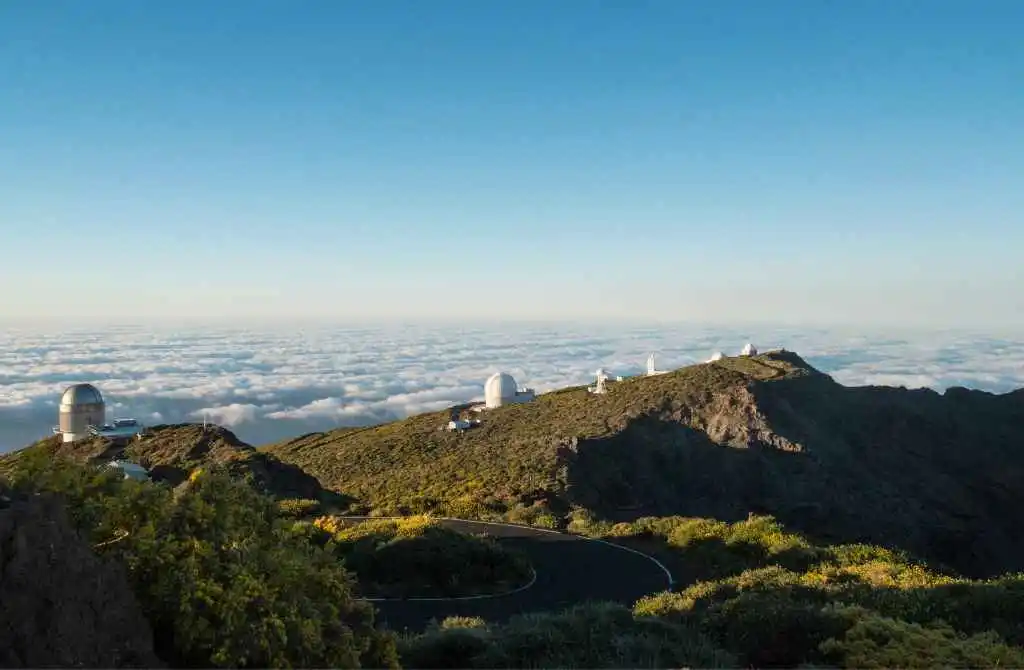
Key information
| Feature | Detail |
|---|---|
| Altitude | 2,426 m (highest point of La Palma) |
| Access | LP‑4 road via Santa Cruz or Garafía |
| Parking | Free, with regulated access |
| Observatory | ORM complex at 2,396 m, featuring cutting‑edge telescopes |
| Light pollution | Very low, part of the Starlight Reserve |
| Facilities | Interpretive panels, polar post, short trail to the Espigón |
| Best for | Astrotourism, photography, volcanic panoramas, high‑altitude hiking |
Views and landscapes
The first impression on arrival is overwhelming: the powerful sensation of standing above the clouds, on the roof of the island. Here you breathe an awe‑inspiring atmosphere: silence, the clean mountain wind and an infinite view that makes you feel small in the vastness of nature.
- Extreme volcanic panorama: wind and erosion have sculpted the volcanic rocks into bizarre and fascinating shapes.
- Views of the Caldera de Taburiente: an impressive 1,500‑m deep natural amphitheatre just below, with its steep walls and volcanic topography covered in pine forest.
- Neighboring islands: on clear days you can see Tenerife, La Gomera and El Hierro.
- Astrophysical Observatory (ORM): one of the world’s most sophisticated telescope complexes, including the Gran Telescopio Canarias.
- Espigón viewpoint: a short trail (+/− 1 km round trip) leads to a natural balcony over the caldera.
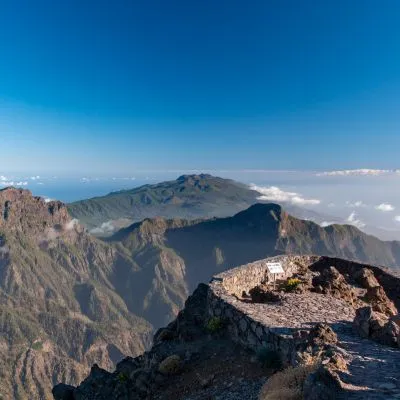
Mirador del Espigón del Roque: a meeting with La Palma’s mystical beauty
Right next to the Roque de los Muchachos Viewpoint is the Mirador del Espigón del Roque, one of La Palma’s most spectacular natural balconies. Positioned on the very edge of the Caldera de Taburiente, it offers a frontal, almost aerial view of the vast crater, with its pine‑covered slopes and clouds often trapped inside.
This viewpoint features a safe and accessible platform from which to observe the island’s volcanic relief in all its majesty. The sensation of being suspended over the void, with a sea of clouds at your feet and a clear sky above, makes the visit unforgettable. It’s a perfect spot for panoramic photography.
YOUR EXPERIENCE SHINES HERE
If you’ve visited this place, share your impressions and leave a small trace of your journey. Help other travelers discover the true beauty of La Palma.
*Your review is completely anonymous
Practical tips for your visit to the Roque de los Muchachos Viewpoint
- Daytime access only: the road is closed from 20:00 to 7:00, even for stargazing. Plan your visit during opening hours.
- Mountain road: the ascent is via narrow, winding roads. Drive with caution, especially if you are not used to such routes.
- High altitude: at over 2,400 m the oxygen level is lower. Walk slowly and avoid sudden exertion, especially if you’re not acclimatized.
- Appropriate clothing year‑round: weather can change quickly. Even in summer, bring warm layers, sunscreen, a hat and sunglasses.
- Ice hazard in winter: in cold months, the path to the viewpoint may be icy or slippery. Check access conditions before going.
- Vertigo warning: the path and viewpoints are on the edge of deep cliffs. Not recommended for people with fear of heights.
- Avoid peak hours: as a popular site, it can get busy. Visiting early in the morning or at sunset offers more tranquility and better photos.

